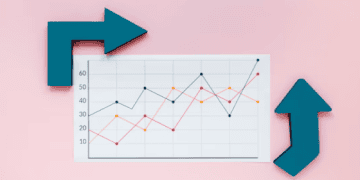Thailand’s economy showed stronger-than-expected growth in the third quarter, driven by increased exports and government spending. The country’s GDP grew 3.0% year-on-year in the July-September period, surpassing the 2.4% growth forecast in a Bloomberg survey. On a quarterly basis, the economy expanded by 1.2%, exceeding the expected 0.8% growth.
Despite this uptick, Thailand’s full-year growth is still projected to lag behind regional neighbors like Indonesia, which recently posted a 4.95% quarterly expansion, and Malaysia, with 5.3% GDP growth. Thailand’s Prime Minister Paetongtarn Shinawatra’s administration is set to meet to discuss additional economic stimulus, potentially including more cash handouts to ensure sustained recovery through 2025.
Government spending is expected to continue driving growth in 2025, with NESDC chief Danucha Pichayanan highlighting its role in supporting private consumption and tourism. Cash handouts are anticipated to further stimulate the economy in the fourth quarter. The Thai stock market rose by up to 0.6%, reflecting the positive growth numbers, while the baht remained stable.
However, despite the positive growth outlook, pressures for rate cuts remain. Economist Tamara Mast Henderson noted that household spending slowed, which could prompt the Bank of Thailand to continue its efforts to lower borrowing costs. While the central bank recently cut rates for the first time since 2020, it is expected to maintain the current rate in December as government stimulus measures continue.
The NESDC projects 2.6% GDP growth for this year and forecasts a growth range of 2.3%-3.3% for 2025. Danucha also highlighted concerns over the potential impact of future trade policies and high household debt levels, although he downplayed the economic damage caused by recent flooding, which was estimated at 60 billion baht ($1.7 billion).
Explore comprehensive supply chain news at The Supply Chain Report. Those interested in international trade can visit ADAMftd.com for free tools.
#EconomicGrowth #ThailandEconomy #GDP #RateCutPressure #TradePolicy

















